There are those, like Gödel, who have little faith in natural languages and who despair when faced with the lack of precision plaguing human communication. These ‘rectifiers’ may turn indeed to mathematics, sure that theorems have the potential to render mutual understanding perfect.
Maybe. Who am I anyway to question such endeavors.
As I said in my last post, I’m only preoccupied with meaning from the standpoint of curiosity. I’m interested in testing significance, in watching it emerge, looking forward to being surprised by the appearance of subtleties. I’m an observer, not a writer. I survey both frictions and relationships among words. I monitor activity at the paragraph level. Trends, drifts in the sounds suggested by letters.
Meaning, sooner or later, surfaces, defining its own message, purpose, effects. The mystery is never about content, it’s rather about the arrangement, layout, choices that lead to the presentation of substance.
I’m talking about beauty here.
For a mathematician, there is an irrefutable equivalency between beauty and truth. In seeking perfection, both beauty and truth are merged in the lines of an indubitable proof, for example. Non-dissociable from one another.
But letters do not function like digits, punctuation does not have the same type of responsibility as a set of scientific graphic symbols does. The alphabet is unconcerned with the dimension of truthfulness. The letter “A” has a wider and therefore vaguer potential than a “2” or a “9.” The pursuit of scientific truth requires an immediate and unconditional surrender to beauty as an infinite principle of unification, whereas words seek a panoply of possible veracities that can be generated using an explosive amount of resources. But both systems, I agree, are courageous in nature. Both overflow the edges of our mind, stretch beyond our brain cells to meet what is outside of us. And that would be the meaning of beauty, when contact is established with what is no longer our individuality, when we touch the outer layer of our skin and possibly everything else on that side.
For mathematics, it is utter objectivity. For the text, it can be said profound subjectivity. But ultimately, it is the same. Always a construction aimed at what is external in an effort to create ultimate acknowledgment, the highest form of knowledge. In that sense, truth is also a construction, a human statement. So what remains is beauty, which is neither a feeling nor a fabrication.
For science, what is true is thought to be beautiful. For poetry, nevertheless, bold truth can be perceived as ugly. What matters for literature is the presence of authenticity, a preoccupation with various types of accuracy, the analysis of metaphoric disguises and fugues. And that complex calculation often takes the form of seemingly undirected sounds and rhythms. It can materialize from the apparent abandonment of a method. From a supposed surface errancy. It may even give the false impression of improvisation. But all that time, it only seeks an encounter with beauty, the moment when all fits in its place and nowhere else.
Beauty is therefore the same for a philosopher as it is for a scientist. It is a perfect meeting of time and space, homogeneity. Two entities so identical that they are inseparable when superposed, existing as one. A moment when we realize the objects of our interest are exactly positioned the way and where they should be. This is the beauty of abstraction as found in mathematics and poetry. Amorphous, non-temporal. Scientists, thus, are as much estheticians as their literary counterparts. Poets as rational as mathematicians. And they're all realists. Carefully working at spotting beauty.
Laolao
Maybe. Who am I anyway to question such endeavors.
As I said in my last post, I’m only preoccupied with meaning from the standpoint of curiosity. I’m interested in testing significance, in watching it emerge, looking forward to being surprised by the appearance of subtleties. I’m an observer, not a writer. I survey both frictions and relationships among words. I monitor activity at the paragraph level. Trends, drifts in the sounds suggested by letters.
Meaning, sooner or later, surfaces, defining its own message, purpose, effects. The mystery is never about content, it’s rather about the arrangement, layout, choices that lead to the presentation of substance.
I’m talking about beauty here.
For a mathematician, there is an irrefutable equivalency between beauty and truth. In seeking perfection, both beauty and truth are merged in the lines of an indubitable proof, for example. Non-dissociable from one another.
But letters do not function like digits, punctuation does not have the same type of responsibility as a set of scientific graphic symbols does. The alphabet is unconcerned with the dimension of truthfulness. The letter “A” has a wider and therefore vaguer potential than a “2” or a “9.” The pursuit of scientific truth requires an immediate and unconditional surrender to beauty as an infinite principle of unification, whereas words seek a panoply of possible veracities that can be generated using an explosive amount of resources. But both systems, I agree, are courageous in nature. Both overflow the edges of our mind, stretch beyond our brain cells to meet what is outside of us. And that would be the meaning of beauty, when contact is established with what is no longer our individuality, when we touch the outer layer of our skin and possibly everything else on that side.
For mathematics, it is utter objectivity. For the text, it can be said profound subjectivity. But ultimately, it is the same. Always a construction aimed at what is external in an effort to create ultimate acknowledgment, the highest form of knowledge. In that sense, truth is also a construction, a human statement. So what remains is beauty, which is neither a feeling nor a fabrication.
For science, what is true is thought to be beautiful. For poetry, nevertheless, bold truth can be perceived as ugly. What matters for literature is the presence of authenticity, a preoccupation with various types of accuracy, the analysis of metaphoric disguises and fugues. And that complex calculation often takes the form of seemingly undirected sounds and rhythms. It can materialize from the apparent abandonment of a method. From a supposed surface errancy. It may even give the false impression of improvisation. But all that time, it only seeks an encounter with beauty, the moment when all fits in its place and nowhere else.
Beauty is therefore the same for a philosopher as it is for a scientist. It is a perfect meeting of time and space, homogeneity. Two entities so identical that they are inseparable when superposed, existing as one. A moment when we realize the objects of our interest are exactly positioned the way and where they should be. This is the beauty of abstraction as found in mathematics and poetry. Amorphous, non-temporal. Scientists, thus, are as much estheticians as their literary counterparts. Poets as rational as mathematicians. And they're all realists. Carefully working at spotting beauty.
Laolao




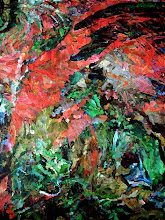
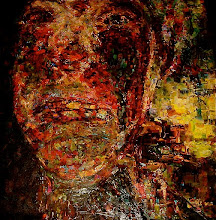
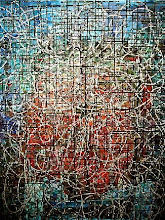
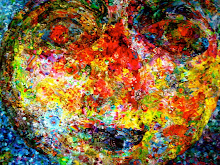
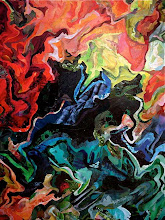

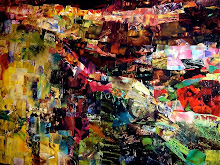
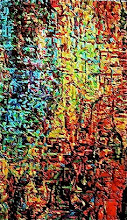

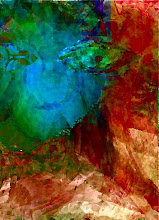.jpg)

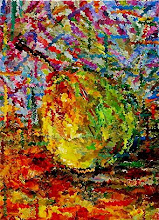

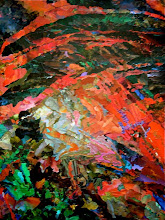
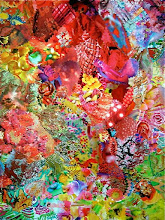
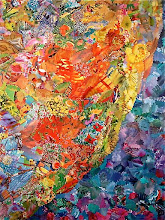
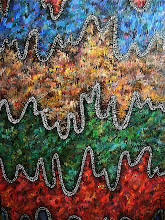
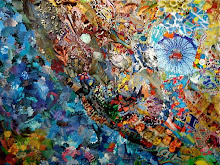

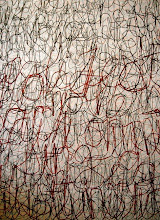
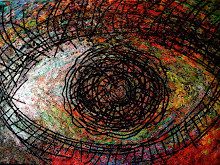
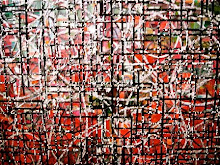
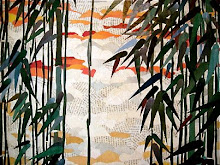
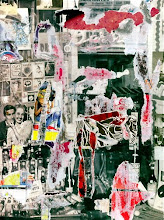
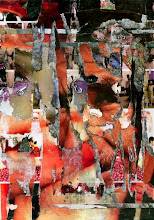
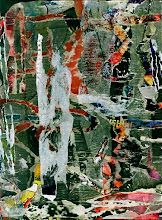



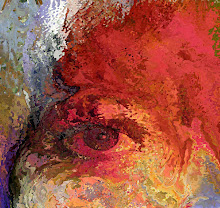
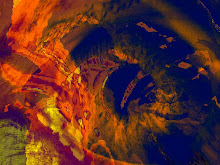
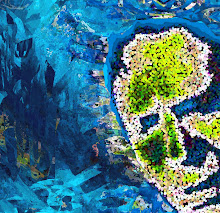
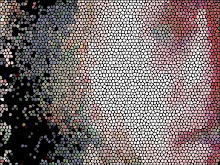.jpg)

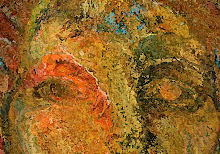
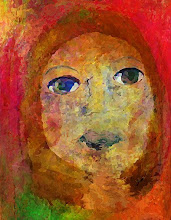.jpg)
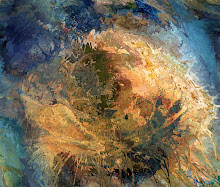
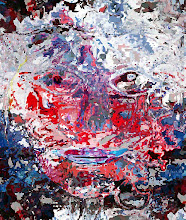
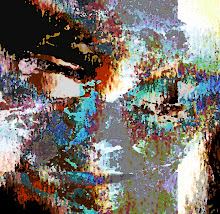
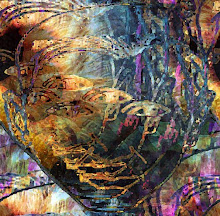


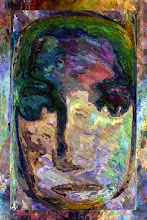photo+album).jpg)
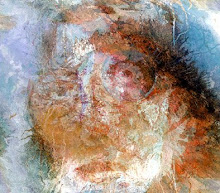.jpg)
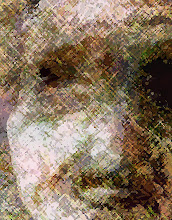
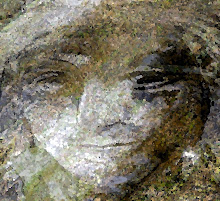
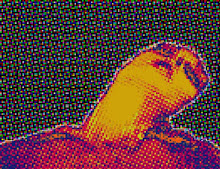
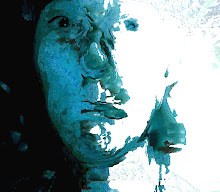
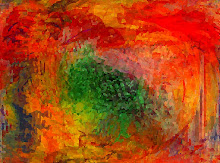





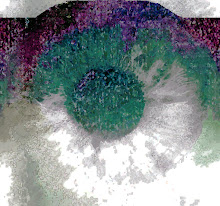
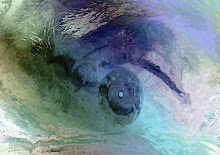

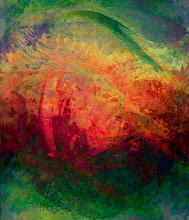

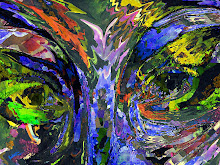
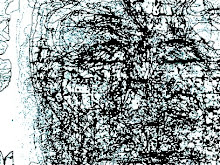.jpg)
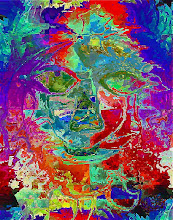

No comments:
Post a Comment